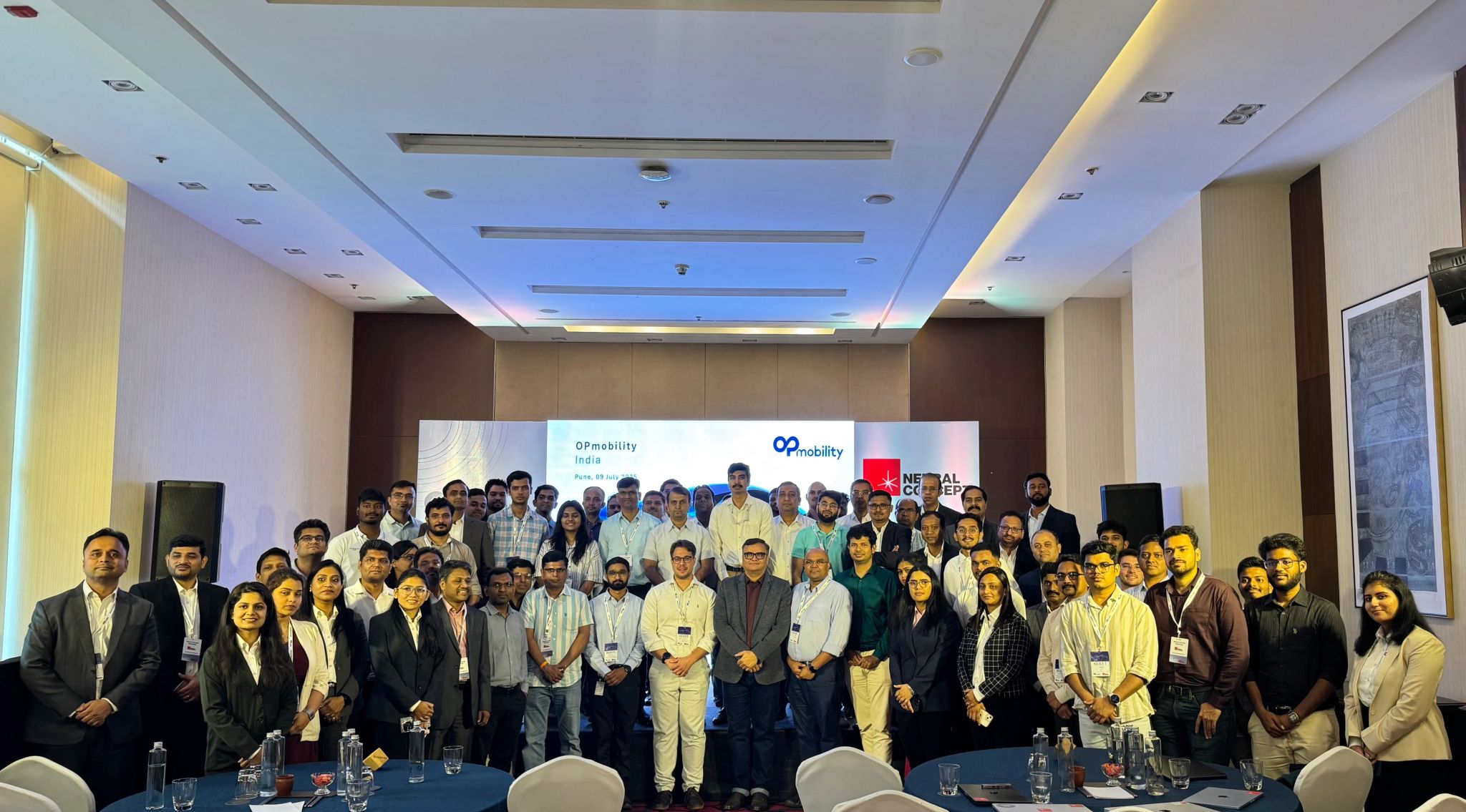Design for Additive Manufacturing: Principles & AI Optimization
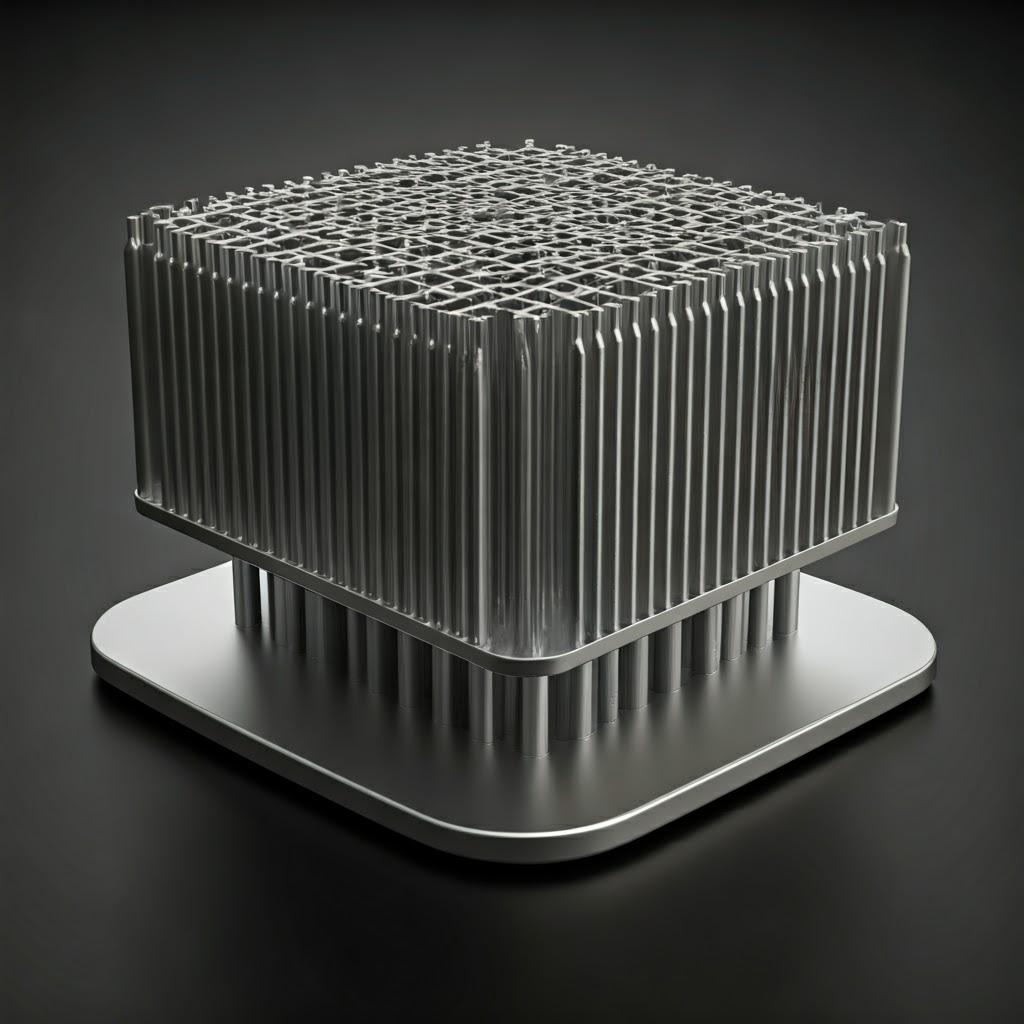
Additive Manufacturing, also known as 3D printing, enables the layer-by-layer fabrication of parts directly from digital models. This manufacturing technology's value is in the creation of complex geometries. Shapes with "impossible" intricate internal channels are puzzling for traditional manufacturing experts. The functional integration of the enormous design freedom of Additive Manufacturing (AM) would be uneconomical or impossible with traditional manufacturing technologies.
What are the new methods making it possible?
The article will discuss Design for Additive Manufacturing (DfAM), which tailors product design specifically for these new manufacturing capabilities and constraints. DfAM is more than "printing an existing CAD model", it involves a comprehensive design process. It requires rethinking components' shape, structure, and function to leverage AM's full potential.
This article will explore the key principles behind design for AM, which differ from traditional design methods, and how AI-powered tools are utilized.

What is Design for Additive Manufacturing?
Let's start with a definition.
Design for Additive Manufacturing (DfAM) refers to the "design strategies tailored for 3D printing processes to ensure the solution's functional performance and cost-effectiveness".
Traditional manufacturing methods are typically associated with subtracting or forming materials. Instead, DfAM leverages additive manufacturing technology that builds components layer by layer, opening up opportunities for previously impossible geometries to be manufactured. Design for additive manufacturing differs from conventional design methodologies by focusing on geometrical freedom, build orientation, material usage efficiency, and minimal part consolidation.
Using digital design tools and simulations is essential in design for additive manufacturing. Virtual models enable rapid iteration and automated optimization for printability and performance.
Machine Learning applied to mechanical engineering is becoming an increasingly core enabler. Machine Learning software can learn from past prints, simulations, or design outcomes. Machine Learning (ML) models can predict failures, optimize geometries, or adjust process parameters, all in real time. The sub-discipline of Deep learning can infer optimal build orientation, support structures, and minimum wall thickness based on part geometry and material behavior. For Fused Deposition Modeling (FDM), neural networks can forecast warping and layer delamination at different print speeds and infill patterns. ML models trained on thermal histories and microstructure evolution in metal additive manufacturing help ensure mechanical consistency across builds. Even in hybrid workflows involving injection molding, machine learning can suggest when to switch to additive manufacturing (AM) or flag critical tolerance issues during the early design stage.

Across the board, ML enhances decision-making, automates tedious steps, and reduces reliance on trial-and-error.
Benefits of DfAM
Additive manufacturing technology provides a significantly different design space from conventional manufacturing processes. It eliminates many geometric constraints typical of subtractive or formative methods, allowing parts to be built layer by layer directly from a digital model. This opens up opportunities for both product innovation and design-driven performance improvements. In the end, AM enables mass customization of products to fit the specific needs of end-users.
One practical outcome of this expanded design freedom is the ability to rethink how parts are structured and assembled. Parts can be consolidated into a single component using additive manufacturing, which simplifies assembly and reduces costs.
Increased Design Freedom and Complexity
DfAM allows engineers to design components that would be impossible or prohibitively expensive to produce using traditional methods. Internal lattice structures, conformal cooling channels, and multi-material transitions are all viable options. This freedom enables performance-oriented design optimized for function rather than manufacturing constraints.
Lightweighting and Material Efficiency
By strategically placing material only where needed, designers can significantly reduce mass while maintaining structural integrity. Topology optimization and generative design, often driven by deep learning, help identify load paths and minimize waste. Topology optimization frequently produces highly efficient parts that resist mechanical forces while remaining lightweight.
This leads to a second consideration: the results of topology optimization are often organic-looking and challenging to create with traditional manufacturing methods.
This is where additive manufacturing becomes essential: it enables the precision production of these "algorithmic" complex geometries, turning mathematically optimized designs into real-world components.
Thus, in practice, additive manufacturing reduces material waste by using only the material necessary to build the part geometry as dictated by the algorithm.
Faster Cycles
Design for Additive Manufacturing accelerates the transition from concept to physical part. Functional prototypes can be printed in hours or days, tested, and iterated quickly. In specific sectors, such as aerospace and medical, additive processes also enable the direct production of end-use parts with minimal tooling and lead times.
Challenges of DfAM
Design for Additive Manufacturing introduces new materials, economics, and process control complexities. Let's investigate!
Material limitations and mechanical properties
The range of materials available for AM is growing, but is still limited compared to traditional methods. Moreover, layer-wise fabrication can introduce anisotropic properties, microstructural defects, or residual stresses that affect performance and reliability.
Printability constraints
Not all designs, even if theoretically valid, are printable. Overhangs, support requirements, thermal distortion, and machine-specific limitations often require redesign or simplification.
These constraints become even more pronounced when internal features are involved. Designing internal channels increases printing time and costs due to their complexity. DfAM must balance ideal geometry with manufacturability, which usually requires simulation and validation loops.
Cost considerations and scalability
While AM excels at low-volume and customized production, it remains cost-intensive for large-scale manufacturing. Machine time, material cost, and post-processing efforts can limit scalability. In many cases, hybrid approaches that combine AM with traditional methods are needed to meet cost, increase production speed, and throughput targets.
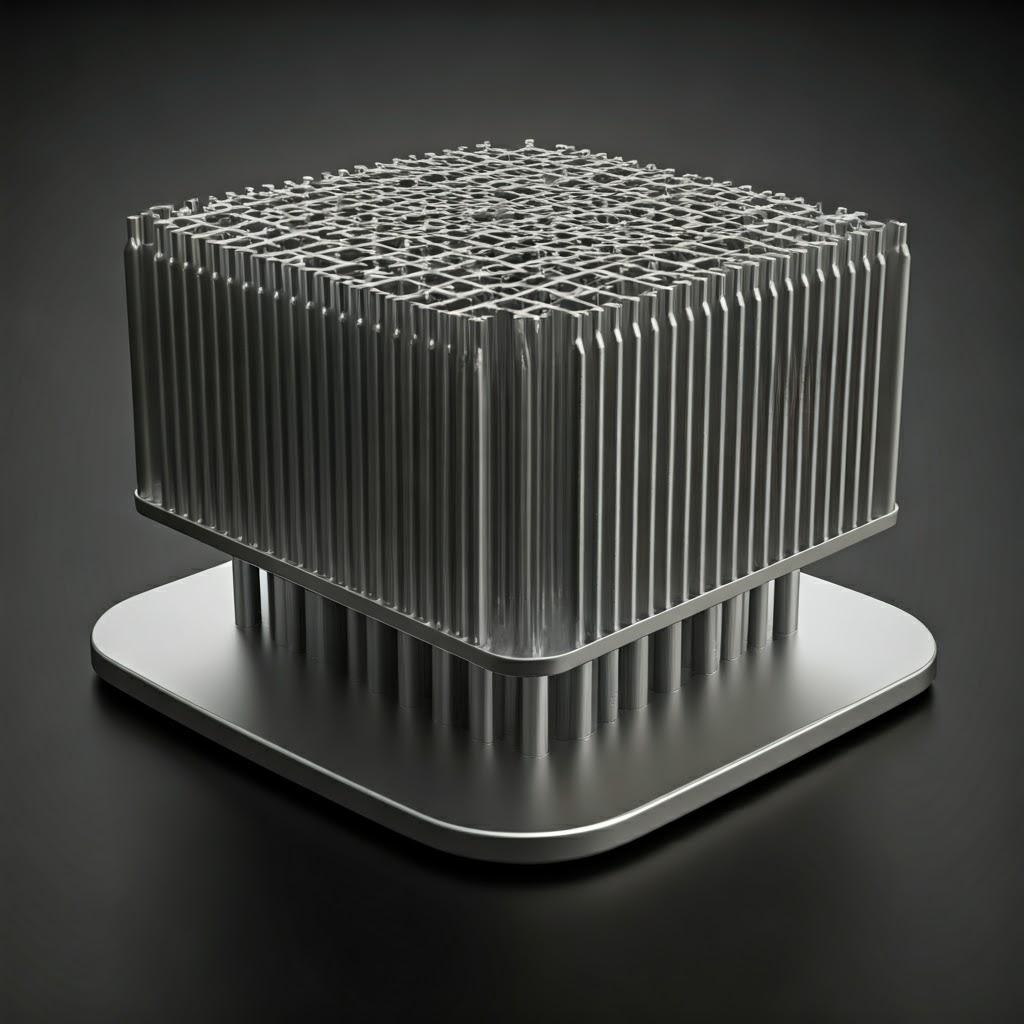
Essential Design Strategies for Additive Manufacturing
AM demands technology-specific design strategies. From FDM to DMLS, each method has unique constraints and strengths. Optimizing geometry, orientation, and material use early ensures print success, functional performance, and cost-efficiency. Integrating topology optimization and generative design unlocks complex, high-performance structures tailored for each AM process.
Optimizing for AM Technologies
Each additive manufacturing process brings its own set of constraints and opportunities. Understanding the differences between FDM, SLA, SLS, and DMLS technologies is crucial for making informed design decisions early in the process. Designers must adapt geometry, orientation, and support strategies to the specific nuances of additive manufacturing processes. Choosing the correct method based on material, resolution, strength, and post-processing requirements ensures functional and manufacturable outcomes.
FDM (Fused Deposition Modeling)
This method extrudes thermoplastic filament layer by layer. It is cost-effective and suitable for prototyping, but has limited resolution and is prone to anisotropic strength. Designers should minimize overhangs and consider the orientation of layers to enhance mechanical performance.
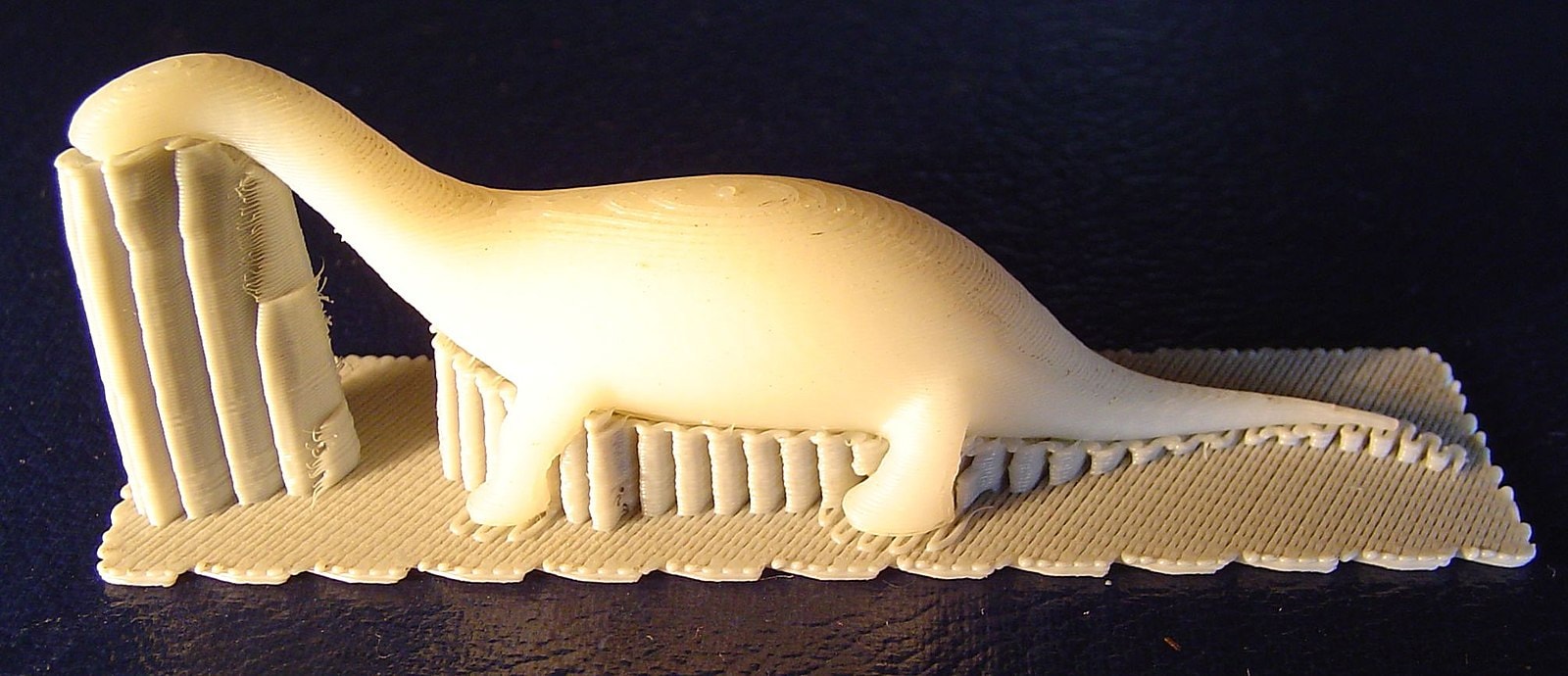
SLA (Stereolithography)
SLA uses UV-curable resin and offers high resolution with smooth surface finishes, making it ideal for visual prototypes or intricate details. However, parts are typically brittle, and support structures can impact delicate geometries. Hollowing out parts to reduce resin use must be balanced with structural needs.
SLS (Selective Laser Sintering)
Using a laser, SLS fuses powdered nylon or composites, producing strong, durable parts without support structures. The fewer support structures included in a design, the less expensive the part will be! Designers can use nested, interlocking components and complex internal geometries, but must watch for powder removal paths and part warping.
DMLS (Direct Metal Laser Sintering)
DMLS prints metal parts with high mechanical performance, making them suitable for aerospace, automotive, and medical applications. The design must account for residual stresses, thermal distortion, and post-processing needs (e.g., heat treatment and surface finishing). Internal supports and optimized orientation minimize the risk of build failure.
Structural and Functional Optimization in Additive Manufacturing
Topology optimization and generative design are relevant for Additive Manufacturing. Suffice it to say that topology optimization enables mass reduction through the systematic redistribution of material based on stress fields, compliance minimization, or other performance metrics without compromising structural integrity. When integrated with generative design frameworks (which leverage optimization algorithms and machine learning to explore large design spaces autonomously), the approach facilitates the creation of highly efficient, non-intuitive geometries that conform to multi-physics constraints and specific manufacturing rules.

Additive processes further extend the design envelope by allowing the fabrication of architected materials, such as lattice structures and graded cellular networks, which achieve superior strength-to-weight ratios and permit localized tuning of mechanical, thermal, or damping properties. These architecturally designed features are computationally generated and optimized for function-specific performance, offering unprecedented design freedom at the mesoscale. Underpinning this paradigm is a shift from static, CAD-based design workflows to algorithmically driven, performance-oriented design systems that co-optimize geometry, material distribution, and process parameters for functionally optimized, manufacturable components.
Surface Finish and Tolerances in Additive Manufacturing
Surface finish and tolerances in additive manufacturing are tightly linked to the process used, part orientation, and material. Post-processing steps, such as sanding, polishing, chemical smoothing, or machining, are often required to meet functional surface requirements or mating part fits. Achievable tolerances vary significantly: while SLA can offer ±0.1 mm accuracy, FDM may only reach ±0.5 mm without finishing. Designers must balance geometric complexity and required precision, anticipating shrinkage, layer stepping, and surface roughness from the start. Critical dimensions should be isolated from support-heavy zones to minimize deviations during post-processing.
Reducing Print Failures in Additive Manufacturing
Reducing print failures in additive manufacturing requires anticipating geometry-related risks early in the design phase. Unsupported overhangs exceeding 45°, thin walls, and enclosed cavities frequently result in defects or incomplete prints.
A design strategy to mitigate the above risks is to focus on how material spans space, to reduce reliance on post-processing and improve print success rates: the principle of bridging is critical to avoid sagging in mid-air printed structures without support. Warping is especially common in thermoplastics like ABS due to uneven cooling, and it can be mitigated through better bed adhesion, fillet usage, and thermal control. Poor orientation and excessive reliance on support structures increase material waste and complicate post-processing. Effective DfAM avoids sharp internal corners, ensures uniform wall thicknesses, and aligns critical features with the build direction to reduce failure rates and improve consistency, since wall thickness affects the strength and cost of the printed part. However, walls that are too thick can unnecessarily increase print time and material usage, which drives up production costs!
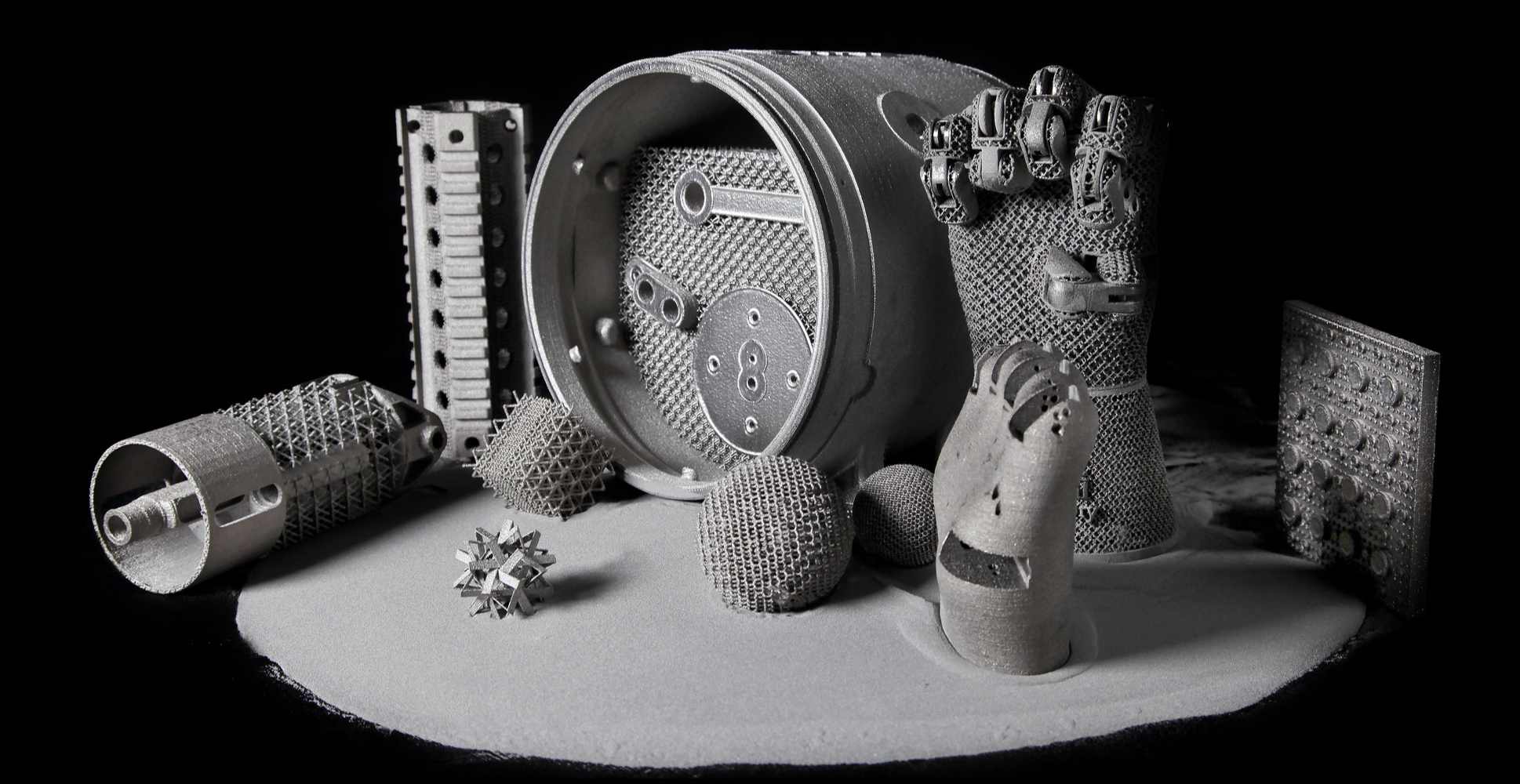
AI and Simulation in DfAM: The Future of Optimized Design Methods
AI's role in Additive Manufacturing is to accelerate design iterations, optimize geometry for specific functions, and reduce time to market. AI enhances generative design by rapidly exploring viable options under real-world constraints. Platforms like Neural Concept demonstrate how simulation-based learning shortens development cycles. Integrating DfAM into workflows requires moving beyond traditional CAD, aligning designers and AM engineers early, and leveraging virtual testing.
Future Trends in DfAM - Supply Chain Management
AI-enabled DfAM will grow in design and supply chain management, streamlining part consolidation, enabling local production, and improving responsiveness through digital inventories and predictive logistics. Consolidating multiple parts simplifies assemblies and can lead to cost savings and improved performance.
Integrating DfAM into Engineering Workflows
Moving from traditional CAD to DfAM starts by replacing manual modeling with algorithm-driven tools like topology optimization and generative design. Instead of drawing geometry, engineers define loads, constraints, and objectives. This shift is already visible in aerospace, where brackets and mounts are redesigned for minimum weight and printed in titanium.
Effective collaboration between designers and AM engineers is critical. In this context, additive manufacturing supports better team collaboration by enabling easy sharing and modification of digital design files. As an example of this collaboration, a generative heat exchanger design may offer optimal flow paths but require input from AM specialists to avoid unsupported overhangs or excessive support material. Joint reviews using tools like nTopology or Siemens NX help align intent with constraints early.
Before printing, simulation tools like Ansys Additive or Autodesk Netfabb simulate residual stresses, distortions, and cooling rates. In industries like medical implants, virtual testing assesses patient-specific part strength and fit before production. This avoids print failures and speeds up certification.
A functional DfAM workflow includes: algorithm-based design generation, printability checks by AM engineers, and simulation-driven validation. This process is already standard in sectors where performance, weight, and lead time are critical and physical iteration is too slow or expensive.
Advancements in AM materials
New AM classes, from functionally graded metals to bio-compatible polymers, are expanding what can be designed and built. However, as material behavior becomes increasingly complex, deep learning models are helping to predict performance under diverse conditions, even before printing. Instead of relying solely on physical prototyping or simulations, neural networks trained on experimental and simulation data can estimate (predict) with surrogate simulation models properties, like, for instance, thermal resistance or mechanical strength. This accelerates the material qualification cycle because the neural network response is thousands of times faster than physics-driven numerical solvers of traditional simulation.
The outcome is faster, data-driven exploration of new alloys and composites.
The Rise of AI-driven DfAM Solutions
Traditional CAD tools often struggle to keep pace with AM's geometric freedom. AI-driven DfAM platforms, powered by deep neural networks, are flipping the process: designers provide goals, constraints, and datasets. AI generates manufacturable solutions. Generative design, informed by print constraints and performance objectives, now relies on trained networks, not just solvers.
How Machine Learning is Shaping the Future of Design Optimization
DfAM is evolving from rule-based design toward adaptive, data-driven optimization. Instead of manually tweaking parameters, machine learning models learn from thousands of simulations or prints to predict optimal stiffness, weight, or heat flow designs. Deep learning architectures, such as convolutional and graph neural networks, can read 3D geometries directly, learning patterns that humans would miss. Also, typical non-parametric formats like STL pose no problem for architectures like Neural Concept.
Thanks to almost real-time response, Machine Learning Optimization brings faster convergence to high-performance, manufacturable designs, with fewer iterations and more innovative use of simulation resources.
Conclusion
We have seen how Design for Additive Manufacturing redefines how components are conceived and optimized.
The traditional focus on manufacturability constraints is driven to function-driven, digitally enabled design (DfAM).
Thanks to innovations from the 90s (simulation) and the 2020s (AI), any design engineer can exploit AM’s unique capabilities: complex geometries, lightweighting, and part consolidation.
At the same time, DfAM minimizes print failures and material waste.
Challenges remain in materials, scalability, and surface quality.
However, DfAM unlocks a new design paradigm essential for mass customization manufacturing.
FAQ
What industries benefit the most from DfAM?
Aerospace, medical, automotive, and tooling industries leverage DfAM for lightweighting, part consolidation, rapid iteration, and custom or low-volume production.
What are the basic steps in additive manufacturing?
Additive manufacturing begins with 3D modeling in CAD software, followed by file conversion to formats like STL and slicing into layers. The printer then deposits or solidifies material layer by layer. Post-processing steps include support removal, surface finishing, and final quality inspection.
Are there file formats beyond STL for additive manufacturing?
STL is the most common due to its historical legacy. However, formats like 3MF, AMF, and OBJ support richer data, such as color, texture, units, or internal structure. This makes those "new" formats more suitable for complex or multi-material 3D printing workflows.
What is the most common additive manufacturing method?
Fused Deposition Modeling (FDM) is the most widely adopted method due to low cost, material availability, and ease of use for prototyping and functional parts.
What are the most common mistakes when designing for additive manufacturing?
Ignoring overhangs, designing unsupported features, neglecting anisotropy, using non-printable geometries, underestimating post-processing, and failing to validate tolerances for AM-specific constraints.
What are the key differences between manufacturing processes in additive manufacturing?
Additive manufacturing processes differ mainly in how material is deposited or solidified. Fused Deposition Modeling (FDM) extrudes thermoplastic filaments, while Selective Laser Sintering (SLS) fuses powder material with a laser. Direct Metal Laser Sintering (DMLS) melts metal powders, and Stereolithography (SLA) uses UV light to cure liquid resin. These differences affect part strength, resolution, material options, and post-processing requirements.
How do printing processes impact material selection in additive manufacturing?
The choice of printing process significantly influences material selection. For example, FDM supports various thermoplastics ideal for low-cost and prototype parts. SLS and DMLS are better suited for high-performance materials like nylon, metals, and composites, enabling parts with superior mechanical properties and heat resistance. SLA typically uses resins that offer fine details and smooth finishes, but are limited in mechanical strength compared to FDM or SLS materials.
How do different additive manufacturing methods affect design decisions?
Material choice, resolution, support needs, and strength vary. SLA allows for fine detail, SLS handles complex geometries, FDM is directional, and DMLS enables the consolidation of metal parts.
How does AI accelerate design iterations in additive manufacturing?
AI models, especially physics-informed or surrogate-based, can predict performance (e.g., stress, flow, heat) from CAD inputs without full simulations. This enables rapid design screening, reducing iteration time and guiding engineers toward optimal geometries before physical prototyping.
How does anisotropy influence mechanical design in additive manufacturing?
Due to the layer-by-layer deposition process, additive parts exhibit anisotropic behavior. Mechanical strength is lower along the build direction (Z-axis), requiring designers to orient critical load paths and interfaces to align with stronger in-plane axes (X-Y).
What most affects the cost of metal AM, and how can it be reduced?
Machine time and post-processing labor, not material, drive most costs. To cut costs, design parts with minimal volume, fewer supports, and shorter laser paths. Redesigning for additive manufacturing (vs. machining) can reduce costs by up to 85%.



